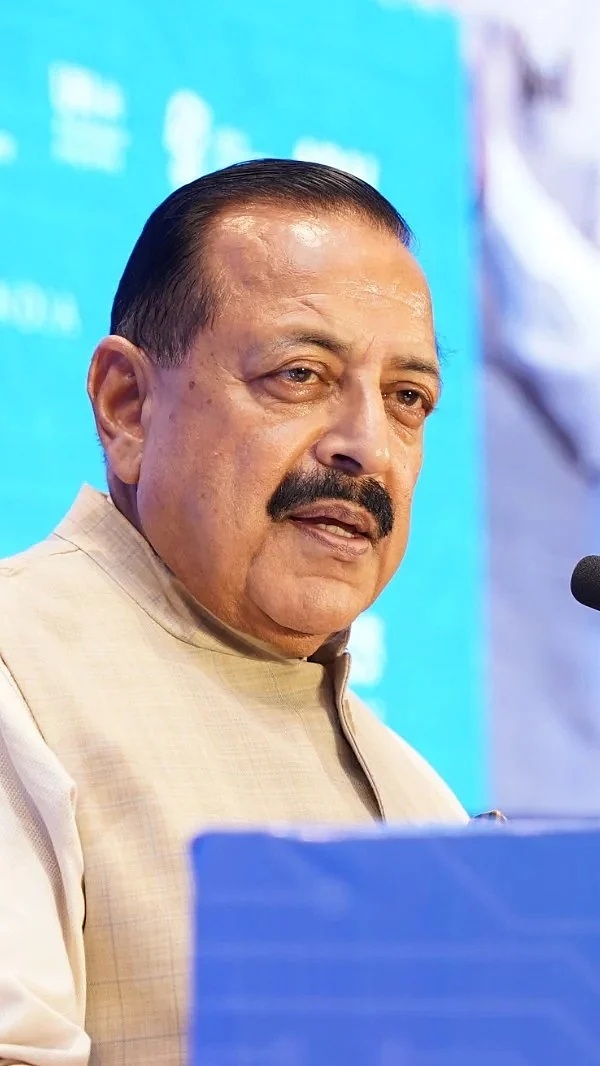
Expanded Leave Entitlements for Central Government Employees
Union Minister Jitendra Singh recently clarified that Central government employees are now eligible to take up to 30 days of earned leave annually for personal reasons, including caregiving for elderly parents. This clarification came during a parliamentary session in the Rajya Sabha, where Singh addressed a query from Member of Parliament Sumitra Balmik. The minister emphasized that the Central Civil Services (Leave) Rules, 1972, already grant employees flexibility to use leave for various personal circumstances, including family care. This update aims to address growing demands for work-life balance while ensuring administrative compliance with existing frameworks.
Comprehensive Leave Framework Under 1972 Rules
The 1972 Leave Rules, effective since June 1, 1972, form the backbone of leave entitlements for most Central government employees. These rules outline a structured approach to leave management, offering combinations of earned leave, half pay leave, maternity/paternity leave, and other specialized leave types. Notably, the rules explicitly permit the use of earned leave for caregiving responsibilities, a provision that has gained renewed attention amid demographic shifts and aging populations. However, the framework excludes certain categories like railway employees and All India Service members, who follow separate regulations. This distinction highlights the complexity of leave policies across different sectors of the public workforce.
Administrative Mechanics of Leave Management
Employees under the Central Civil Services (Leave) Rules benefit from a systematic approach to leave accrual and utilization. Earned leave is credited biannually on January 1 and July 1, with employees able to draw from their accumulated balance as needed. The rules also specify that certain ‘special kinds of leave’ are not debited from the leave account, ensuring flexibility for unexpected circumstances. Beyond the core leave types, employees can access casual leave, restricted holidays, compensatory offs, and special casual leave through executive orders. These additional mechanisms provide a safety net for unanticipated personal or professional challenges.
Broader Implications for Workforce Policy
The recent clarification on leave entitlements reflects evolving priorities in public sector workforce management. By explicitly recognizing caregiving responsibilities as a valid reason for leave, the government is aligning its policies with contemporary social norms and demographic realities. This adjustment not only supports employees in balancing professional and personal obligations but also enhances retention rates in critical sectors. The inclusion of elderly parent care in leave policies underscores a growing emphasis on family-centric workplace policies, which could influence similar reforms in state government sectors covered under the provided category IDs. Such changes are expected to foster greater employee satisfaction and productivity across the public sector.
Regional Variations in Leave Policies
While the Central government’s leave framework provides a baseline, state government employees across various regions follow distinct regulations. The category IDs listed in the extract highlight the diverse administrative structures governing public sector employees. For instance, employees in states like Tamil Nadu (ID 63) or Uttar Pradesh (ID 69) may have additional leave provisions tailored to local needs. This regional variation underscores the importance of understanding specific state-level policies when evaluating leave entitlements. The 1972 Central rules, while comprehensive, serve as a foundation that state governments can adapt to create more localized solutions for their workforce.



